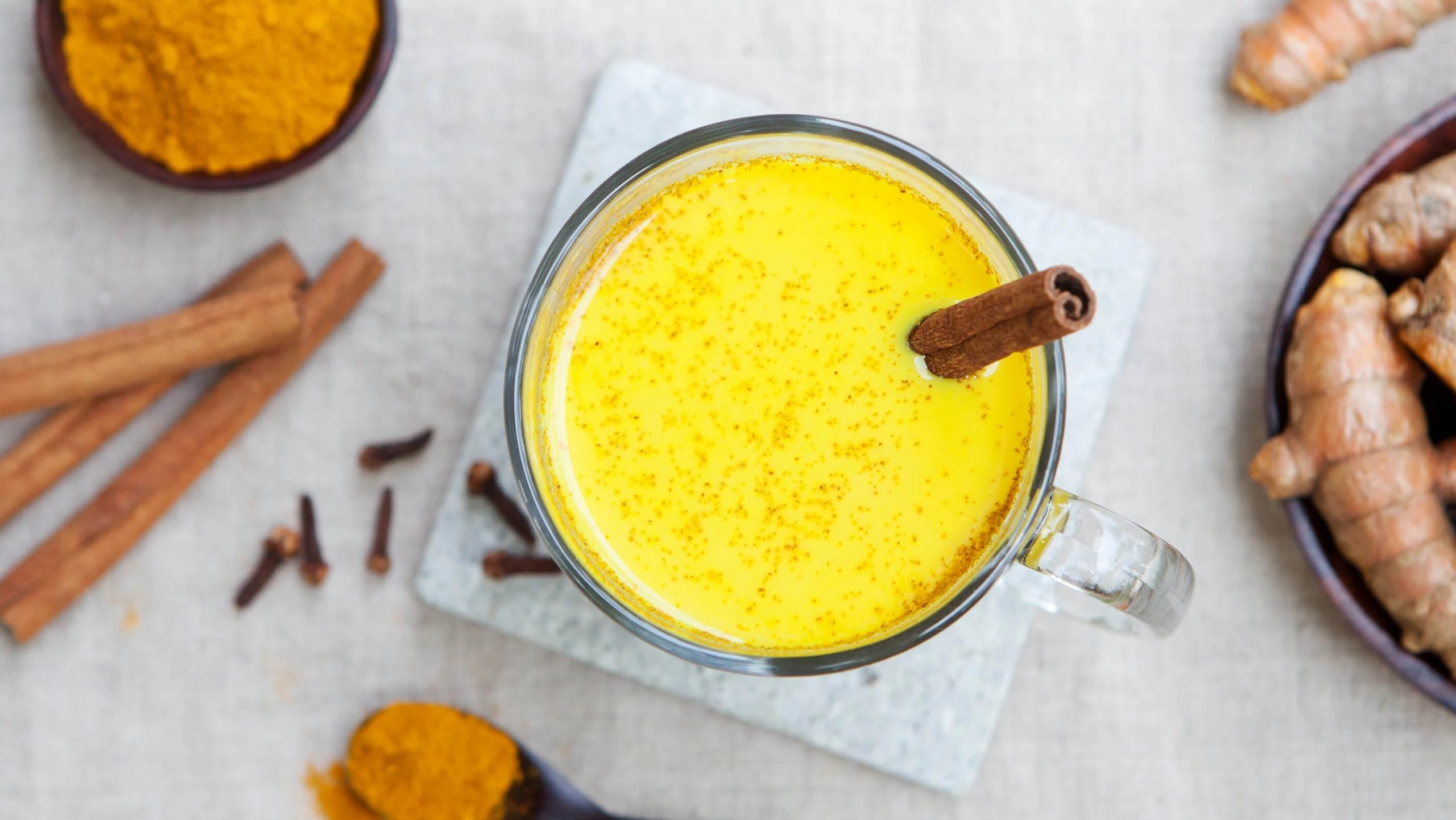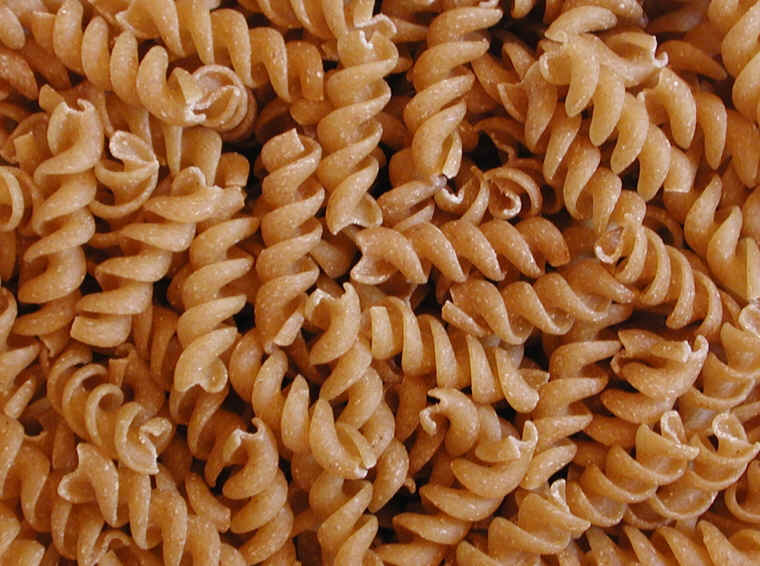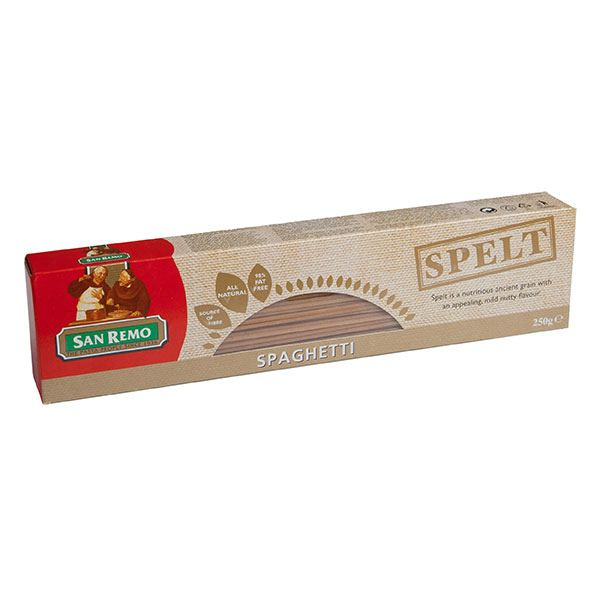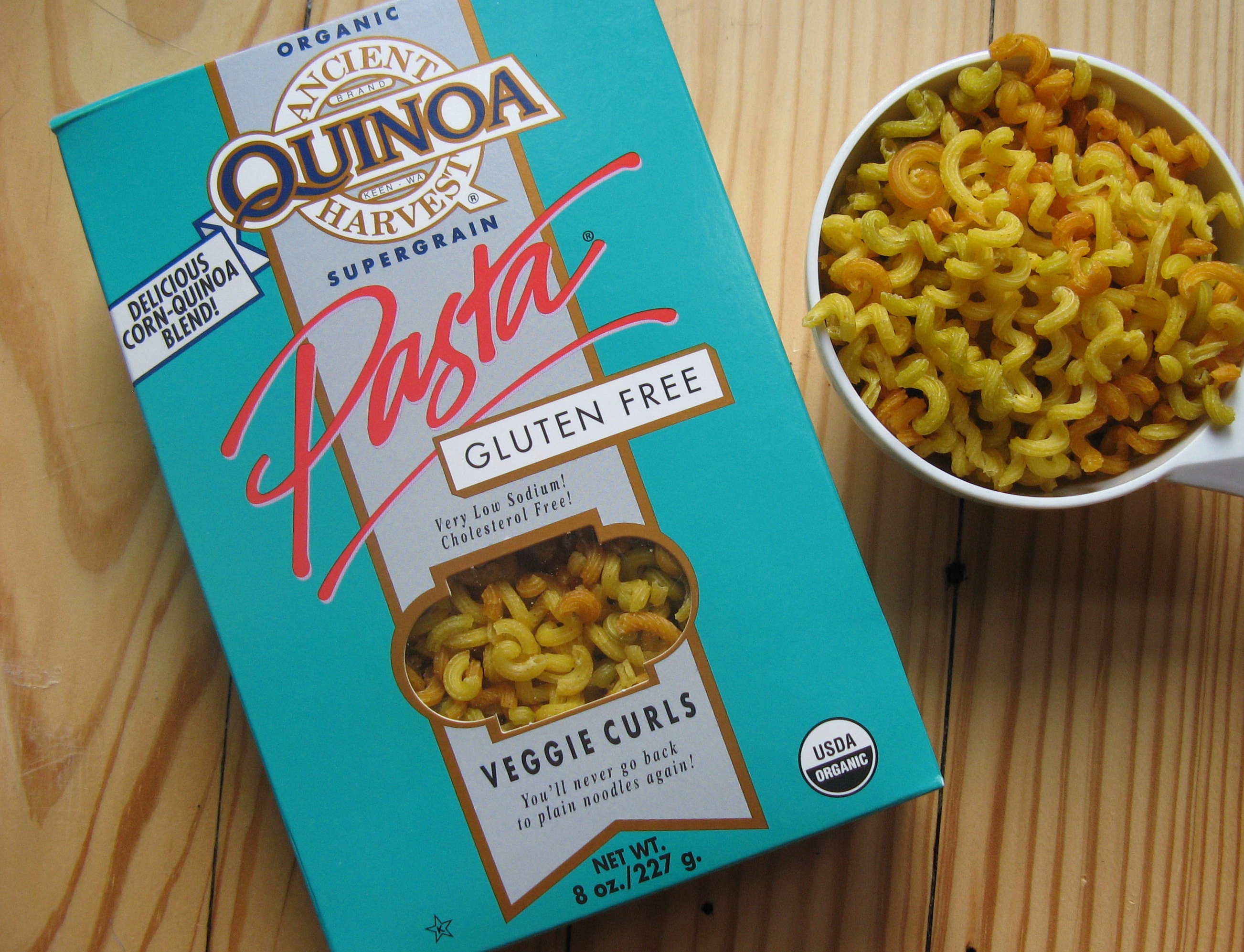Commonly used as a spice for most Asian cuisine, turmeric is also known as a medicinal food because of its anti-inflammatory properties and antioxidants. Here are the different ways you can use turmeric at home and in your recipes.

Turmeric Face Mask
You can make an all-natural face mask with only a few ingredients such as turmeric, unsweetened yogurt, and honey to soothe and cool skin.
Instructions: Combine 1 teaspoon of honey, 2 tablespoons of unsweetened yogurt, and ½ teaspoon of turmeric in a bowl. Apply on the face and leave for about 5 minutes before rinsing thoroughly. The mask can leave a stain, so don’t use your brand new towels.
Turmeric Tea to Calm Nerves
Substitute this fragrant tea for your usual cup in the morning to start your day right.
Ingredients: Turmeric powder, 1 teaspoon cinnamon, 1 teaspoon ginger, 1-2 cups water, milk, honey, ground black pepper, clove, and nutmeg

Preparation: In a pot, simmer all the herbs in water for about 10 minutes. Then strain the tea before adding milk and honey.
Turmeric Poultice
This simple homemade poultice can help soothe inflamed skin especially if you have eczema or psoriasis.
Instructions: In a saucepan, mix 1 tablespoon of turmeric powder, 1 tablespoon of salt, 2 tablespoons of castor oil, water, and 2 to 3 tablespoons of flour. This should form a paste. Warm the paste on low heat and drops of water to prevent it from sticking on the pan. Let the poultice cool before applying it on the skin. Wrap it on the skin with a cotton flannel then secure with a safety pin. Remove after 2 to 3 hours.
Turmeric Tonic for Colds
Staying at home because of a cold? Relieve the symptoms with this simple and fragrant tonic.

Ingredients: 1 teaspoon dried turmeric powder, 1 ½ cups hot water, ½ teaspoon cardamom seeds, ½ teaspoon ground cloves, 1 tablespoon goji berries, 1 tablespoons coconut oil, 1 tablespoon honey, 2 tablespoons hemp seeds, black pepper, and cayenne
Preparation: Combine all the ingredients in a blender and mix until smooth. Pour mixture through a sieve to strain it. Serve while warm.
Turmeric and Garlic Marinade
You can use this for a variety of meat recipes instead of your usual marinade.
Ingredients: 2 teaspoons ground turmeric, 1 teaspoon ground ginger, 1 tablespoon macadamia nut oil, ½ up apple cider vinegar, and 4 minced garlic cloves
Preparation: Combine all ingredients in a bowl. Mix well and use as a marinade.

Turmeric Teeth Whitener
Why spend hundreds on teeth whiteners when you can use turmeric instead?
Instructions: First, wet your toothbrush then dip it in 1/8 teaspoon of turmeric powder. Brush your teeth then allow turmeric to sit for not more than 5 minutes. Rinse thoroughly then brush with your regular toothpaste.
Turmeric Broth
This is a calming treat for lazy rainy days at home.
Ingredients: 1 teaspoon turmeric powder, 4 cups broth, 3 minced garlic cloves, 1 tablespoon apple cider vinegar, 1 tablespoon grated ginger, ½ teaspoon black pepper, ½ teaspoon cumin, and ½ teaspoon salt
Preparation: Combine all the ingredients in a saucepan, the cover and simmer for 5 minutes. Let cool slightly then puree in an immersion blender.









